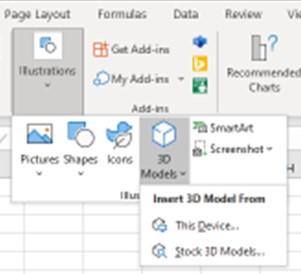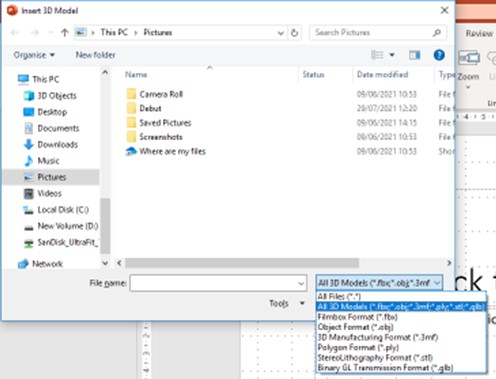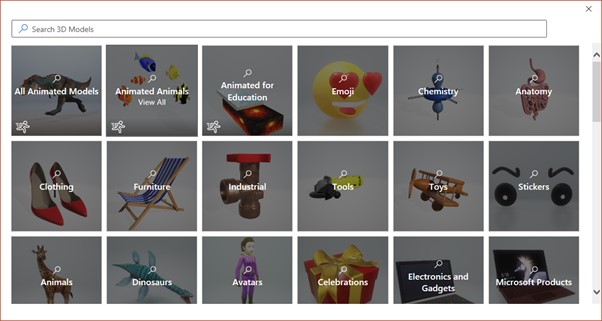
Being a good leader is difficult. Most of us, during our working lives will have many managers and supervisors. Of these, those that we might consider really good leaders might be quite a small number. Leadership, however, like anything else, is a skill that can be learned. Becoming a good leader can have a massive impact on the success of both your own team and that of your organisation. Here are some of the ways that you can improve your supervisory skills:
Connect with your team
Leading a group of people requires a mutual sense of trust and understanding between the leader and their team members. To achieve this, leaders should learn to connect with each team member individually.
Try focusing on getting to know them as a person; their personality, interests, strengths, weaknesses and their motivations. This understanding will enable a manager to help develop team members and increase their autonomy in areas where their skills are high. This in turn will increase the employee’s engagement, motivation, investment in, and trust of, you as a leader.
Encourage professional and personal growth
It is probably already part of your Job, but acting as your team’s champion is a vital part of being an effective leader. You should be completely invested in their success and growth both professionally and personally.
This makes complete sense, because, as a leader your job is to get the very best results you can out of your team. By giving employees the opportunity to learn and develop, to upskill and move into new areas, you will increase their satisfaction, work-rate and buy-in. The old adage goes that if you, as a leader, are the smartest person in the room, then you are in the wrong room. Be the best leader and developer of people in the room. Let your team be the best at everything else.
Keep a positive attitude
As much as leaders wish their team’s day-to-day operations could run smoothly all the time, things will go wrong. Human error, unforeseen occurrences and outside forces can all, potentially, put things off track. Whether it is a minor miscommunication or a major incident, how you respond to the issue is key. Negative situations will have an effect on everyone, including you as a leader and on your team, but it is your job to remain calm and positive, even if you don’t necessarily feel that way at the time. This is exactly when your team will look to you to tell them what to do. You need to do that as effectively and positively as possible.
Give direct and honest feedback
It’s important as a leader that you give honest feedback. It is the best way to guide your team in the right direction. Again, it may be part of your job, but you need to ensure that you are constantly and regularly providing constructive feedback and performance reviews. Obviously, to give correct feedback to your team, you need to know exactly where the business is headed, it’s goals and how your own team fits into them. Part of feedback is making sure that your team also know what it is that your organisation is trying to do. The fact that they are not meeting goals might just be because they don’t understand this correctly. If you’re not direct, people won’t understand where they are not meeting set standards and won’t be able to improve
Remember to also highlight employee accomplishments. Celebrate if a team member does something great and let them know. Positive recognition has been shown to improve engagement and productivity.
Be open to new ideas
Good leaders have the emotional intelligence to understand and accept that change is inevitable and that their team may have a different way of doing things, a method which could be more effective than their own. Remember, you don’t have to be the best at anything, apart from being the best leader. Always actively encourage innovation and better work practices suggested by your team. That is what a good leader does.
Encouraging your team members to provide their insights and ideas will increase their engagement and commitment and make them work better and smarter. Remember that you are not judged by what you, personally, accomplish as a leader, but by what your team can achieve.
For a more in-depth look into how to develop your leadership skills to gain the most of your team, consider checking out our leadership courses for the best insight.








